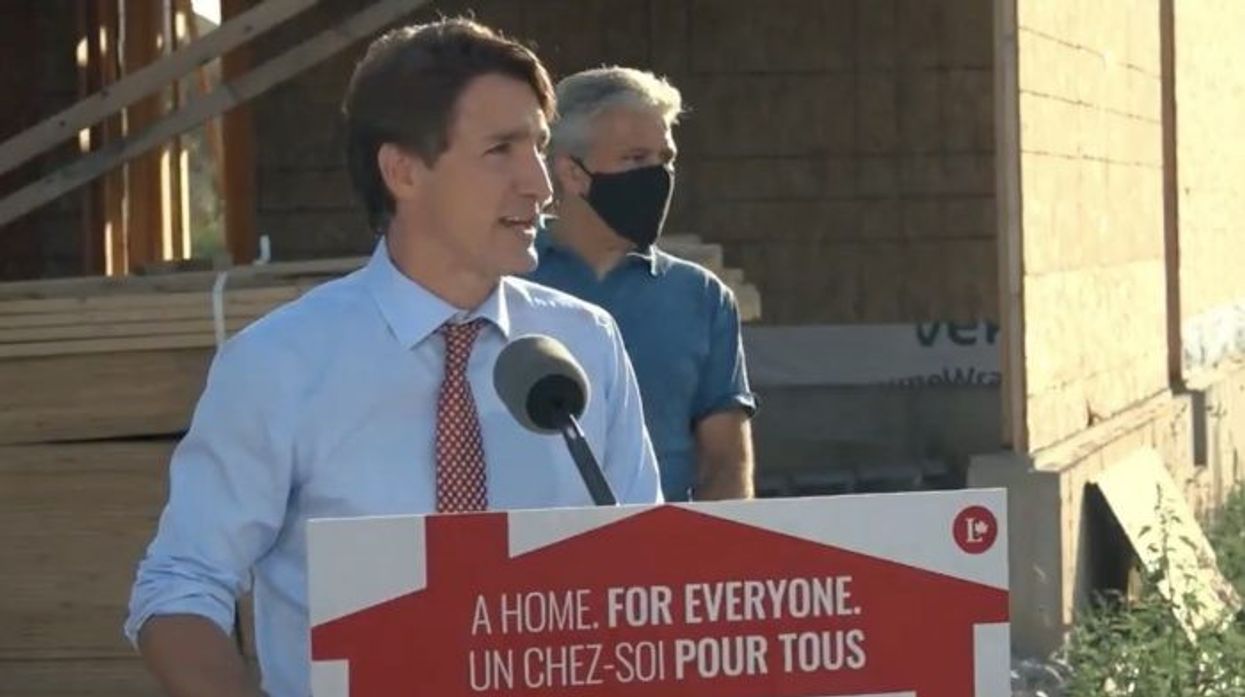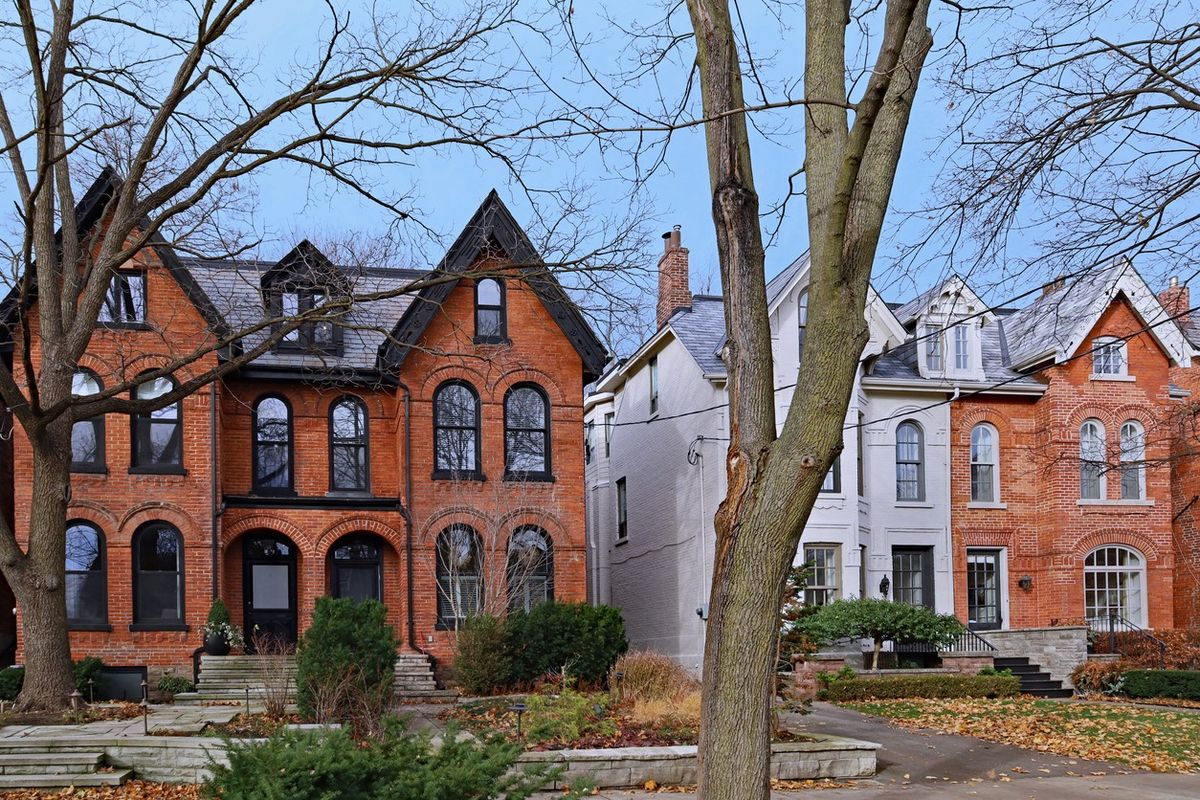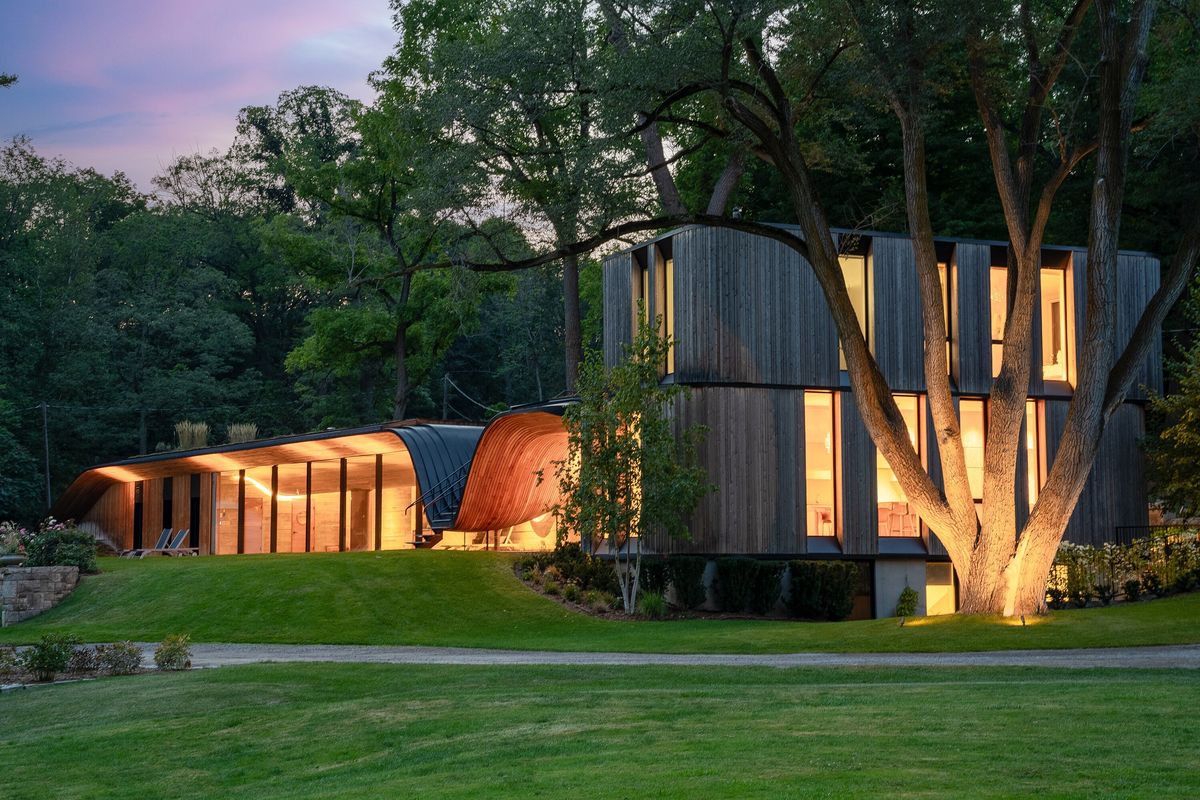If affordable housing was a four-alarm crisis before the last federal election, it’s become a raging six-alarm fire six years on, and it’s not just Vancouver’s problem anymore.
In the time since the Liberal government was elected, BC, which is a hotbed of investment and speculation, particularly in Greater Vancouver, has seen year-over-year price increases averaging 20%, according to the Canada Real Estate Association [CREA]. Ontario, meanwhile, has seen a year-over-year average of 30%.
If we look at CREA’s more nuanced home price index, the numbers tell the fuller story. The benchmark price of a condo apartment in Greater Vancouver increased by $341,200 in the period between January 2015 and July 2021. The benchmark price of a detached house in Greater Vancouver in that same time frame increased $792,500. In the GTA, the benchmark price of a condo apartment increased $323,900, while a detached house saw an increase of $614,900, according to CREA data.
In 2017, the government introduced the first National Housing Strategy with an $11 billion budget and a 10-year timeline. The budget was increased to $70 billion, but a lot of it was designated for loans to private sector developers instead of direct infusions of cash into housing.
READ:
- Liberals Unveil Ambitious New Housing Plan, Introduce ‘Home Buyers’ Bill of Rights’
- Real Estate Industry Speaks Out Against Liberals’ Plan to End Blind Bidding
- Liberals Housing Plan Includes Two-Year “Pause” on Foreign Buyers
Still, it was an exciting plan, and a lot of housing advocates were hopeful. However, in a recent assessment of the strategy, the Parliamentary Budget Officer (PBO) determined that even less had been spent on housing than the modest amount spent by the previous Harper government.
We’ve seen a 15%t drop in federal spending on low-income households, according to the PBO. Funding has been slow to materialize. Less than half the funds have been allocated from programs such as the Rental Construction Financing Initiative. And, of course, homelessness has only exacerbated during the pandemic. The number of Canadians who are estimated to experience homelessness is about 235,000 a year.
The problem is that markets do not respond to social need, and government isn’t stepping up, says a University of Toronto professor of housing and community development.
“It is the role of government to meet the need when market arrangements fail,” says Prof. David Hulchanski.
Hulchanski and Cathy Crowe, street nurse and visiting practitioner with Ryerson University’s department of politics and public administration, found that up until the 1990s, Canada had delivered about 550,000 units of social housing over three decades. By 1993, the federal government cancelled the social housing program. If the program had continued, we’d have another 550,000 units of social housing, and we likely wouldn’t have the severe crisis we have now, argues Hulchanski. Added to the problem is that since the 1990s, incomes have become polarized and the middle-income group has shrunk. Housing plays a key role in the trend because wealthier people invest and speculate in housing markets, driving up prices. Data provided by the new Canadian Housing Statistics Program (an innovative and welcome part of the NHS) showed that one in five Vancouver homeowners owned more than one property. Toronto had close to the same level of multiple homeownership.
“We now know the 2017 [National Housing Strategy] does not meet any of the criteria for an actual housing strategy for a nation,” says Hulchanski. “The Parliamentary Budget Officer has documented this in two reports.
“The programs mainly help those who are not in serious housing need and help to further financialize the rental housing sector.”
The Liberals’ housing strategy, he says, is a lot of “smoke and mirrors.”
Not every affordable housing advocate gives the Liberal government a failing review. Generation Squeeze’s Paul Kershaw, who advocates on behalf of millennial-age Canadians, says that current leadership is the first to acknowledge the system is stacked against the younger generation. And he gives them points for creating the NHS.
“Over the last six years, it’s clear this present government has decided to run faster than any previous government in some years to address housing affordability; however, over that same six year period, the challenge of unaffordability has grown faster still,” says Kershaw. “They haven’t run fast enough to stem the problem, which is getting worse.”
The problem with their strategy, he says, is that much of the NHS didn’t address the forces of the housing market, which is where the majority of people find their housing.
The Canada Mortgage and Housing Corporation did introduce a first-time homebuyer incentive, which helped younger Canadians get into the market through a shared-equity mortgage with the government. That meant they didn’t need as much of a down payment. Kershaw applauds the move, which was the opposite of the usual incentives given to borrow more money, thus bidding up prices.
He also applauds the Rental Construction Financing Initiative, which saw low-cost funding given to developers of rental apartments, and the National Housing Co-Investment Fund, which offered funding for affordable housing when another level of government offered support. However, neither program led to the realization of enough housing.
“They have been critiqued for not getting the money out fast enough, especially out west, ironically,” says Kershaw. “The money hasn’t flowed from those projects in a way that even the government might have hoped… “With all the noble investments that have happened in the National Housing Strategy and the budget since then, we’re not actually on pace to reduce the proportion of families and households in core housing need. We’re actually on pace to see that by 2025 they will increase by about 300,000 compared to where we were when the NHS started.”
Core housing need is basically unaffordable or inadequate housing. According to StatCan, 1,644,900 Canadians were in core housing need in 2018. By 2025-26, the PBO estimates that the number will be closer to 1.8 million.
Despite the lack of progress, Kershaw still gives the current government a gold star for effort.
“This showcases we’re not doing enough, but that doesn’t mean they’re not doing more than what we have in the past.”
As well, Kershaw says we can’t entirely blame government for rising home prices because, as a culture, a sizeable number of Canadians -- particularly those lucky enough to have gained considerable real estate equity -- support the current system that encourages skyrocketing property values.
Carla Guerrera has spent more than two decades as a developer of market and non-market housing -- including work with the CMHC -- and she too believes that overall, the federal strategy has made some impact, even if it’s tangential.
“I think this government has been one of the best governments that we have seen, at least in my lifetime, making commitments and investments in affordable housing,” says Guerrera. “I know a lot of the criticism. But because there have been these federal housing commitments that didn’t previously exist, we have seen a lot of provinces step up to the plate and also provide capital funding and financing for affordable housing because the federal government is also in the game.
“So there have been positive moves that the federal government has made that have created domino effects certainly for the province of BC to increase investment in affordable housing, and also a lot of municipalities like the City of Vancouver. And there are other innovative things like the City of Toronto and Vancouver both put land parcels forward for the development of affordable housing projects. I believe a lot of this has come about in the last four years, significant investments and policy moves made as a result of the federal government having a National Housing Strategy.”





















